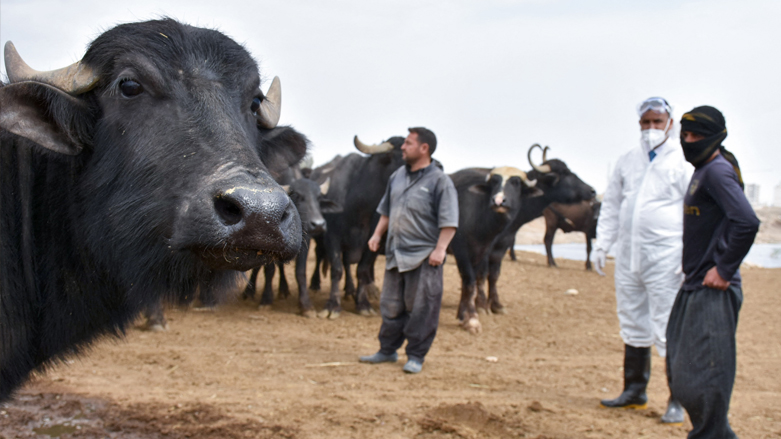Maysan records its first case of Crimean-Congo hemorrhagic fever

ERBIL (Kurdistan 24) – The southern Iraqi province of Maysan recorded its first case of the animal-borne Crimean-Congo hemorrhagic fever on Sunday as cases of viral hemorrhagic fevers (VHFs) increase throughout the country.
After the necessary laboratory tests were conducted, it was confirmed that the patient was infected by the Crimean-Congo fever, Maysan’s health chief Dr. Ali Mahmoud Al-Alaq, announced in a statement on Sunday.
According to the statement, the patient is currently receiving treatment in an isolation ward at Al-Shaheed Al-Sadir Teaching Hospital in Maysan.
According to official tallies from the Iraqi Ministry of Health, Iraq has recorded over 40 cases of the virus, eight of which have been fatal, so far this year.
That figure is significant since Iraq previously recorded approximately 20 cases of VHFs annually, which rarely caused deaths, said health ministry spokesperson Sayif Al-Badir.
A butcher in Kirkuk died after spending a week in hospital for a VHF infection.
There isn’t any known cure or vaccine developed against the contagious virus.
Iraqi and Kurdish health authorities have sought to raise awareness of the potential dangers of VHFs and have instructed farmers to spray their livestock regularly.
There is currently a suspected VHF case in the Kurdistan Region capital Erbil, the health ministry recently announced.
VHFs are a group of viruses that infect animals and human beings. They are often transmitted through ticks.
The Crimean-Congo variant is tick-borne Nairovirus.
“The disease was first characterized in the Crimea in 1944 and given the name Crimean hemorrhagic fever,” noted the Centers for Disease Control and Prevention (CDC). “It was then later recognized in 1969 as the cause of illness in the Congo, thus resulting in the current name of the disease.”
